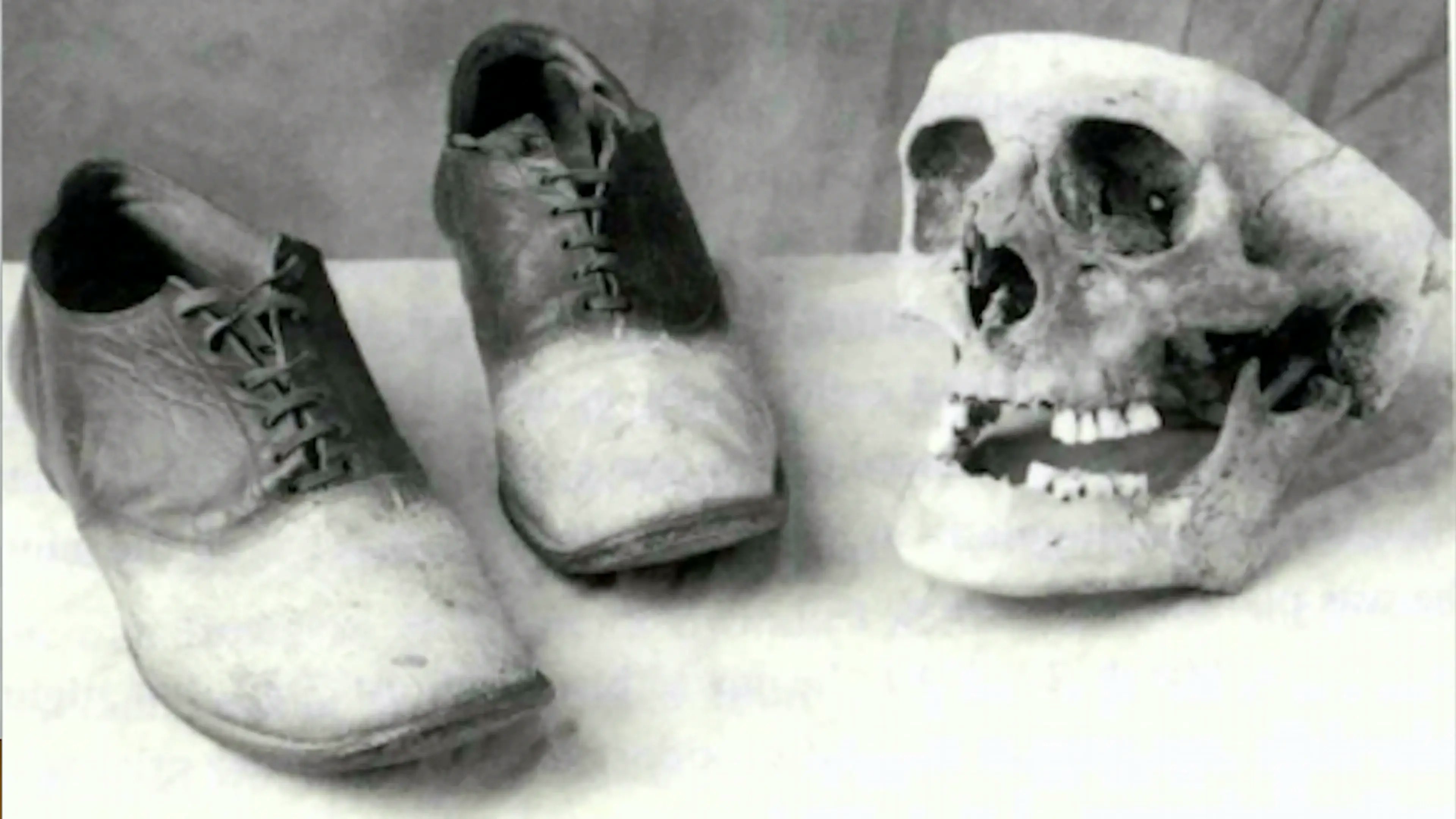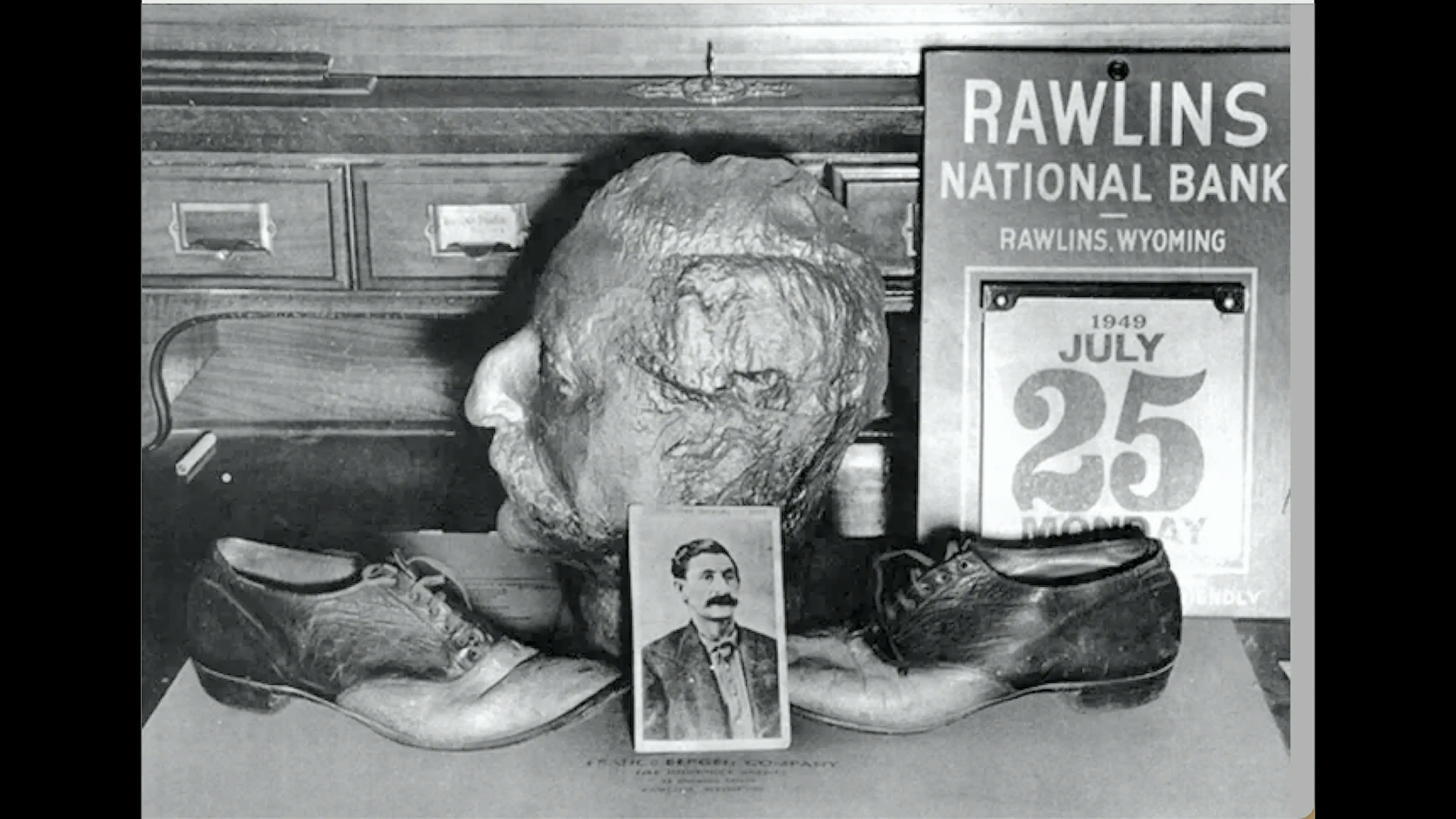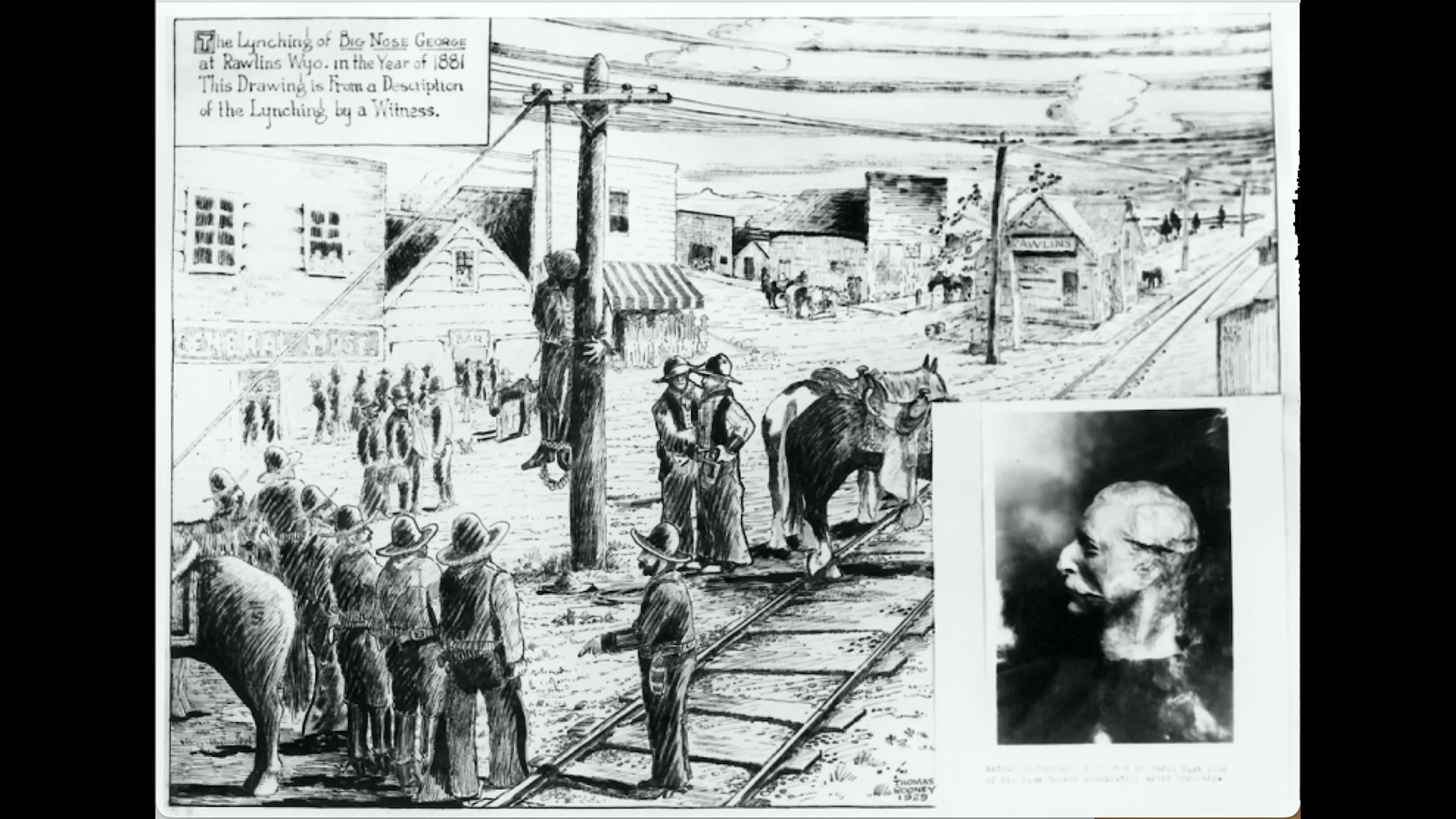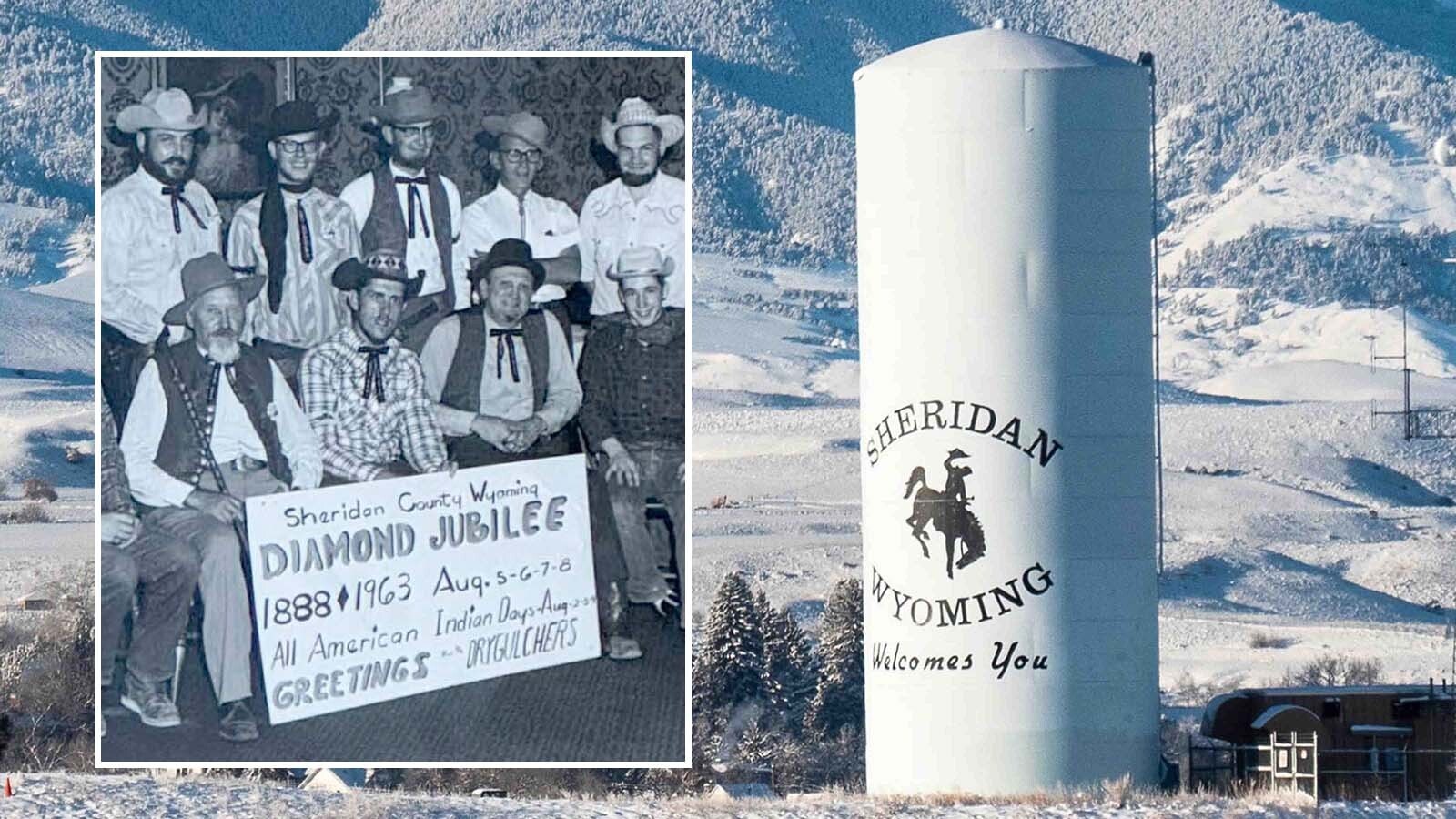Some of Wyoming’s creepiest historical artifacts including a notorious criminal’s skull, a death basket, and a mummified foot that originated in Egypt will be used in a paranormal investigation set to take place at the Carbon County Museum in Rawlins on Saturday, October 21, 2023.
The museum recently invited the public to attend a pair of events focused on detecting paranormal activity. A macabre collection of artifacts from the museum will be part the investigation. Tickets to both events sold out within a week.
Museum Director Tom Mensik, who has experience with numerous paranormal investigations, told Cowboy State Daily the museum has an extensive collection of sinister artifacts certain to attract the living and possibly the dead.
“People love paranormal investigations and ghost stories and this collection of macabre artifacts provides an opportunity to show off some of the darker stories of the past,” Mensik said.
The Death Basket
A large, fairly innocent looking wicker basket is another of the museum’s artifacts that Mensik hopes will help stir the paranormal pot during the investigation. He said the basket was recovered from a funeral parlor in Encampment and was used to transport bodies from where they were embalmed to where they were placed in caskets.
Mensik noted that most of the artifacts that will be used in the paranormal investigation are not normally on display in the museum. However, they will be on display this month.

A Central Figure
A central figure connected to many of the artifacts is John Osborne, a Rawlins physician who became Wyoming’s third governor in 1892.
Osborne’s place in Wyoming history is explicitly linked to a cattle rustler and highwayman named “Big Nose” George Parrott.
Parrott’s story is so outrageous and unbelievable — yet true — it’s become one of Wyoming’s most bizarre and macabre stories.
Parrott was sentenced to hang in early April of 1861 after being convicted in the deaths of a Wyoming deputy and a Union Pacific detective.
Parrott was apprehended in Miles City, Montana and transported back to Wyoming for the trial. After his conviction, Parrott attempted to escape from the Carbon County Jail. When the townsfolk found out about the escape attempt and a serious head wound inflicted by Parrott on a jailer, they decided to take matters into their own hands.
Parrott was strung up from a horizontal telegraph support but it took three attempts before he died at the end of the rope.
After the botched execution, Osborne examined the body and cut the top of Parrott’s skull off to examine the brain in search of evidence of the man’s criminal past. The skull cap was given to a physician’s assistant, Lillian Heath, who later used it for a door stop and an ashtray.
Heath went on to become Wyoming’s first female physician and the skull cap is on display at a Union Pacific Museum in Council Bluffs, Iowa.
The skull, minus its cap, is part of the Carbon County Museum’s collection and will be used in Mensik’s paranormal investigation.
Osborne also cut skin from Parrott’s chest, including his nipples, and skin from his thighs and shipped the gruesome package to a tannery in Denver where a pair of shoes and a medical bag were made.
The shoes, which Osborne allegedly wore to his inauguration as Wyoming governor in 1893, are also part of the museum’s collection and the paranormal investigation. The whereabouts of the medical bag are unknown.
More Big Nose Artifacts – The Death Mask
Although “Big Nose” George’s criminal exploits were frequently overstated in historical records, the size of the criminal’s colossal snout appears accurate. From black and white photographs taken before Parrott’s death, it appears the nose was deserving of its own zip code.
Although it’s unclear whether Osborne meant to record Parrott’s oversized beak for historical purposes, he did make a plaster of paris “death mask” of Parrott’s face that is also part of the museum’s collection and the paranormal investigation, Mensik said.
Dr. Osborne And The Mummified Foot
Mensik described Osborne as an “eccentric fellow,” and a world traveler. During a trip to Egypt Osborne acquired a mummified foot and brought it back to Rawlins. The foot was investigated in the early 2000s to determine its age. It belonged to a Roman who was in Egypt at the time of Cleopatra and Mark Antony, Mensik said.
“It’s extremely well-preserved and creepy,” Mensik said. “Most of the skin has fallen off but three foot bones are still sticking out.”
The mummified foot is also part of the museum’s collection and the paranormal investigation.

The Shackles of Slapp Jack Dave
The Carbon County Museum’s collection of cadaverous creepiness continues with another ghoulish relic – the shackles found on a dead criminal. Dave Carter, also known as “Slapp Jack Dave” died during an escape attempt from the Carbon County Jail sometime in the 1870s.
Carter was part of a series of holdups, one of which resulted in the deaths of two Wyoming lawmen.
When the old jail was razed in 1908, Carter’s corpse, with a bullet hole through the skull, was discovered in a tunnel. It’s believed the leg irons Carter was wearing got stuck in the tunnel, thwarting his escape attempt, Mensik said.
The leg irons are part of the museum’s collection and the paranormal investigation.







